-
 what's the consideration when mounting on solar roof
Jul 27 , 2017
what's the consideration when mounting on solar roof
Jul 27 , 2017
Mounts (also referred to as L-feet, standoffs or hangerbolt ) connect solar rails to the roofing structure below the roof tiles and plywood decking. For example , L-feet brackets are used in conjunction with what appear to be roof or tile hooks and flashing to fasten the rails to the rafters. Shingle flashing is sheet metal that cradles a mount and slides nimbly beneath the roofing surface. Some t...
阅读更多
-
 How to calculate the number of solar racking
Jun 28 , 2017
How to calculate the number of solar racking
Jun 28 , 2017
Before choosing the solar racking , there are a few other key pieces of data must be gathered, such as: 1: Type of roof surface (asphault shingles, concrete tiles, gravel, etc.) 2: Length and width of the array space 3: Number of rows 4: Thickness of the roofing material between your mount placement and the rafters or other structural members 5: Distance between the beams As you shop for rails and...
阅读更多
-
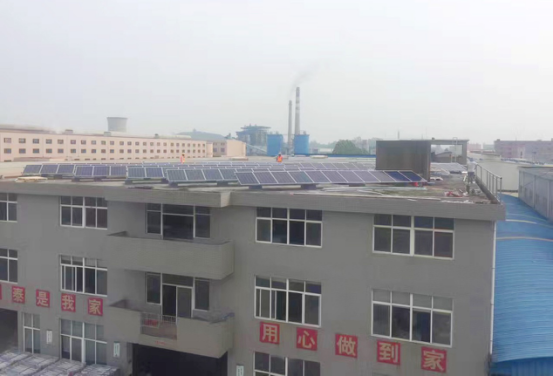 The first phase of the roof solar plant in Changtai County has been completed
Jul 10 , 2018
The first phase of the roof solar plant in Changtai County has been completed
Jul 10 , 2018
--Make your idle roofs become power plants and cash printers. In May 2017, Antaisolar has completed the first construction phase of its self-built roof solar plant by taking charge of the integrated services from investment, design, construction, connecting to grid and monitoring. The roof plant is installed on the cement roof of our factory in Zhangzhou, Fujian, covering the roof area of 2722 squ...
阅读更多
-
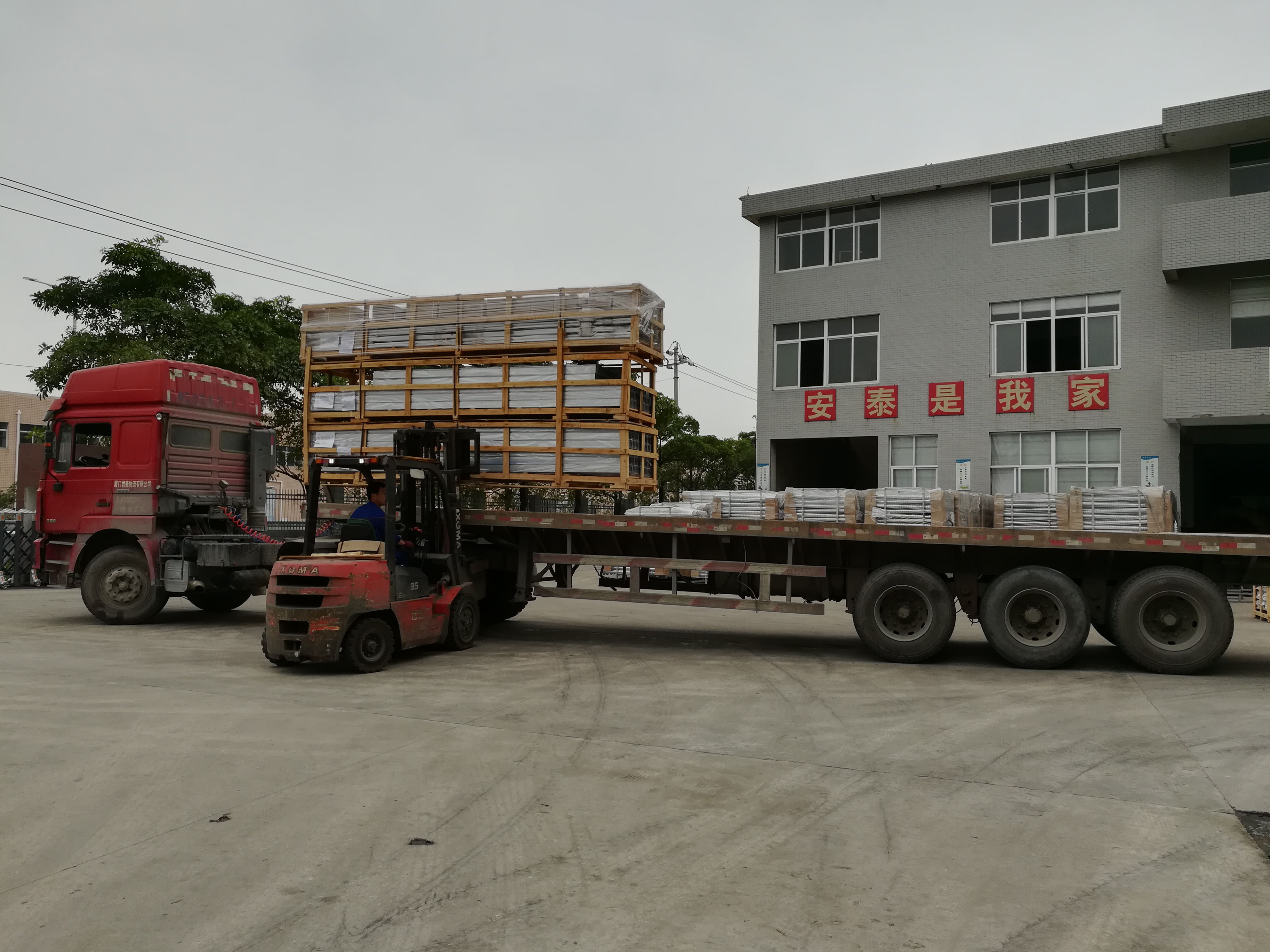 How to choose to the foundation for the solar farm?
Apr 17 , 2017
How to choose to the foundation for the solar farm?
Apr 17 , 2017
In general, solar photovoltaic plant require the geological report during feasibility study, because a proper geological report can provide the information about soil condition, rocks underground, water level and corrosion factors. Specifically, corrosion factors can ensure the proper design of anti-corrosion protection. Once we have the geological report, we can start selecting the foundation typ...
阅读更多
-
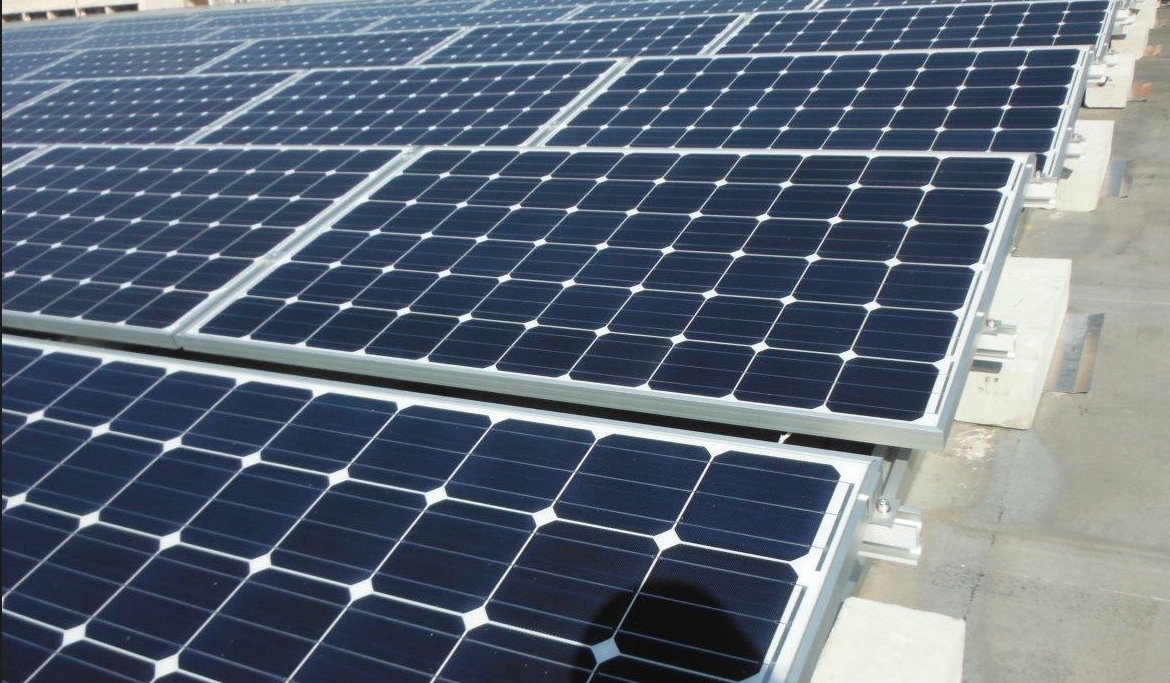 PV Components Selection
Dec 06 , 2016
PV Components Selection
Dec 06 , 2016
Metal components on rooftops are exposed to rain as well as daily heating/cooling cycles. Components made of improper materials will corrode over time and can eventually fail, causing severe damage to the panels and rooftop. For expediency and cost issues, non-outdoor rated materials are sometimes used in rooftop installations. Ordinary steel, even when painted or galvanized, will rust and weaken ...
阅读更多
-
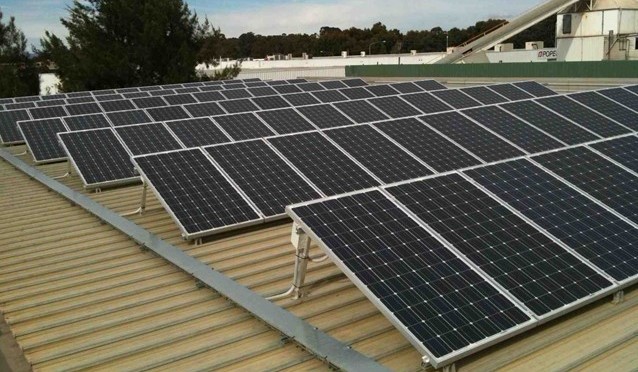 How To Optimize Your Solar System Tilt
Oct 31 , 2016
How To Optimize Your Solar System Tilt
Oct 31 , 2016
Crystalline solar PV panels produce the most power when they are pointed directly at the sun. In Australia, solar modules should face north for maximum electricity generation. The orientation of the panels will often have a greater effect on annual energy generation than the angle they are tilted at. The current feed-in tariff structures in Australia result in east-west-facing systems generating a...
阅读更多
-
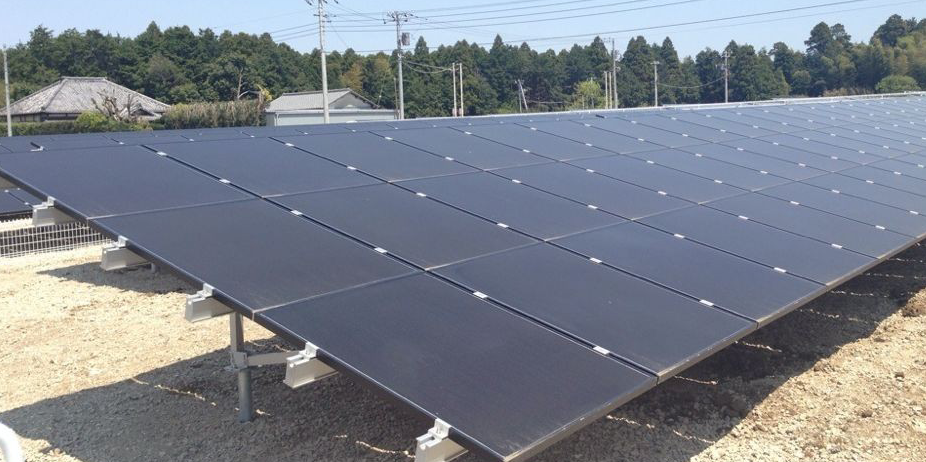 How to check that a mounting system is safe to use
Oct 11 , 2016
How to check that a mounting system is safe to use
Oct 11 , 2016
One of the first things to check with a mounting system supplier is that the supplier will provide a structural certificate for its product to the customer (these certificates demonstrate that a mounting system will help prevent damage to a solar installation and safeguard it in the event of a wind-induced failure) – and that the product is accredited to the latest wind code, Australian Standard (...
阅读更多
-
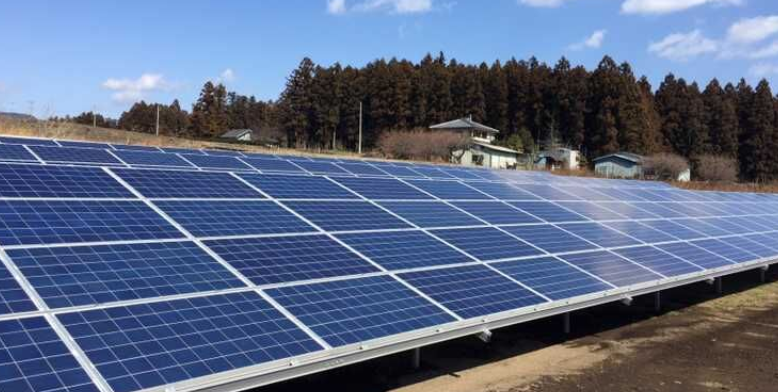 Committed support - Antaisolar mounting system
Sep 27 , 2016
Committed support - Antaisolar mounting system
Sep 27 , 2016
When it comes to solar mounting system installation, especially for those region with high frequency of typhoon, wind speed is a key factor for consideration. Take a example , Typhoon Meranti, stated to be the world’s strongest typhoon so far this year, has also been monitored as the strongest one hitting southern Fujian Province since 1949, made landfall in east China’s Fujian Province early on S...
阅读更多
 what's the consideration when mounting on solar roof
Jul 27 , 2017
what's the consideration when mounting on solar roof
Jul 27 , 2017
 How to calculate the number of solar racking
Jun 28 , 2017
How to calculate the number of solar racking
Jun 28 , 2017
 The first phase of the roof solar plant in Changtai County has been completed
Jul 10 , 2018
The first phase of the roof solar plant in Changtai County has been completed
Jul 10 , 2018
 How to choose to the foundation for the solar farm?
Apr 17 , 2017
How to choose to the foundation for the solar farm?
Apr 17 , 2017
 PV Components Selection
Dec 06 , 2016
PV Components Selection
Dec 06 , 2016
 How To Optimize Your Solar System Tilt
Oct 31 , 2016
How To Optimize Your Solar System Tilt
Oct 31 , 2016
 How to check that a mounting system is safe to use
Oct 11 , 2016
How to check that a mounting system is safe to use
Oct 11 , 2016
 Committed support - Antaisolar mounting system
Sep 27 , 2016
Committed support - Antaisolar mounting system
Sep 27 , 2016